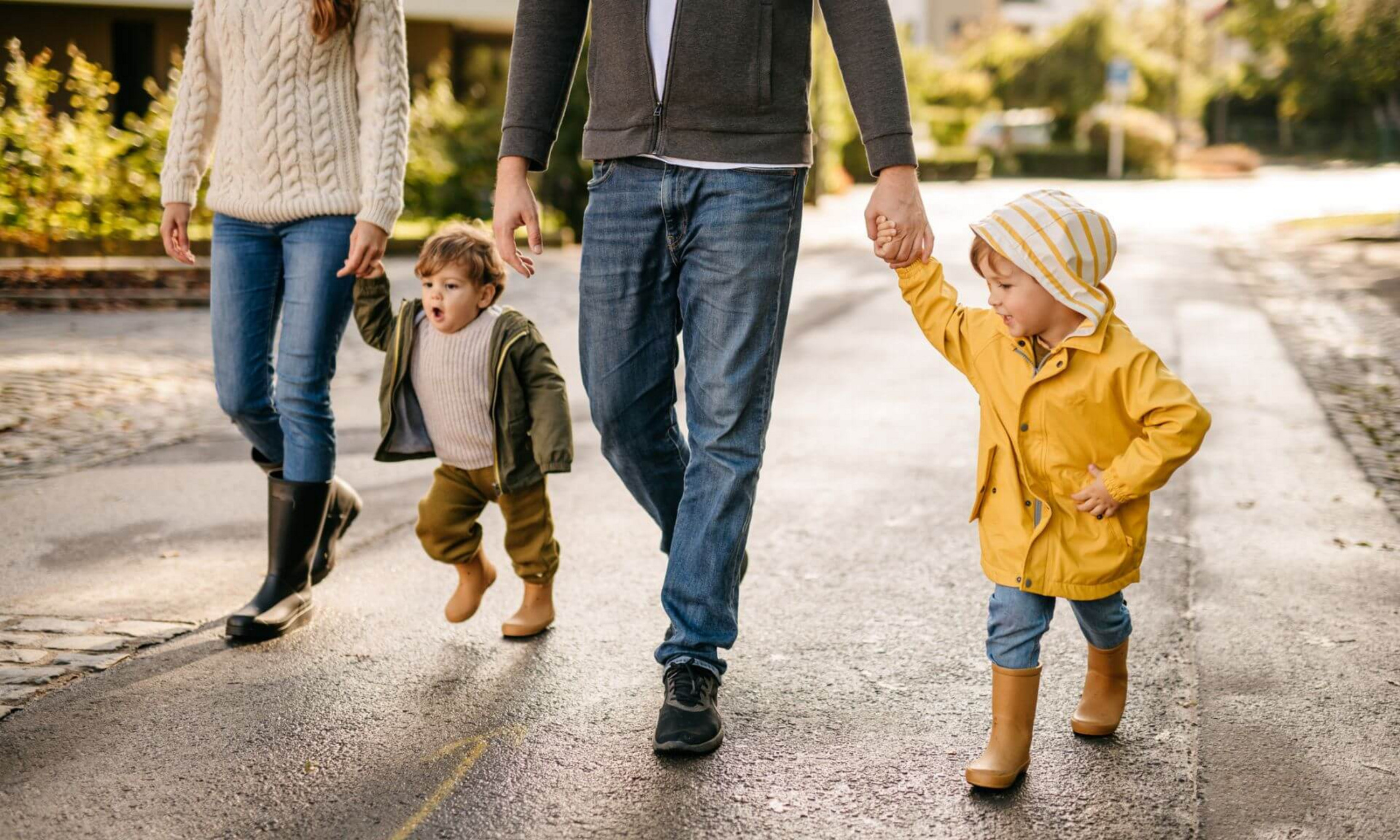From sociability to “sociality”
To explore those questions as they regard walkers in Montreal, Karmann decided to avoid quantitative approaches that measure walking and social life with questionnaires and that check for correlations. Instead, she focused on human interactions at the micro level by examining the everyday experiences of walkers.
And rather than using the sociological concept of sociability, Karmann drew on the anthropological concept of sociality. While sociability describes direct relationships between people—talking, spending time together, sharing an activity—sociality refers to co-presence, the more subtle bonds that linger beyond face-to-face interaction.
“For example, thinking of an absent friend, thus extending the friendship across time and space, is a form of co-presence,” Karmann explained. “So co-presence, and the associated relationships that are part of sociality, do not require people to be together in the same place at the same time. Relationships can take place asynchronously or at a distance.”
Through the lens of sociality, walking down the same street, passing a familiar face or simply living in the same neighbourhood can all be seen as ways of being together, even when people do not exchange a word.
Three ways to create bonds
Karmann’s study of Montrealers showed that walking promotes sociality through three interdependent processes:
- Familiarity with the environment: walking is a way to get to know one’s neighbourhood, its streets and the faces that populate it. “This familiarity creates a sense of security and belonging, which is a first form of social connection,” said Karmann.
- Encounters: running into neighbours, exchanging a greeting or a smile, recognizing someone. “These micro-encounters gradually weave an invisible but essential social fabric,” said Karmann.
- Shared walks: walking with one’s child, a neighbour, or simply among other people on a busy street creates social spaces where a sense of community or shared atmosphere arises. “It can be comparable to a village spirit, giving people a feeling of connection,” Karmann said.
She cautions, however, against generalizing her results, because walking is a “culturally determined, context-sensitive activity.”
Social dimension overlooked
Karmann cited the World Health Organization definition of health as “a state of complete physical, mental and social well-being.” The social dimension of health is often overlooked, however, even though it is crucial to a community’s resilience, she added.
“Recent crises, from Hurricane Katrina to the COVID-19 pandemic, have demonstrated this,” she said. “The most cohesive communities, those with strong social ties, coped best.”
Karmann believes that promoting walking can support social cohesion, which is an element of social health — hence the combined importance of creating more walkable neighbourhoods (with traffic-calmed streets, local shops, green spaces, schools accessible on foot, and the like) and of encouraging walking from an early age (for example, by incorporating walking activities into school and community life).
Karmann pointed out that some countries are going further. In Sweden, for example, there is a winter campaign that encourages people to smile at passersby in order to combat seasonal isolation, highlighting the social aspect of walking.
Walking is more than a means of getting from point A to point B, Karmann believes; it is a way of being present in the world and with others.





